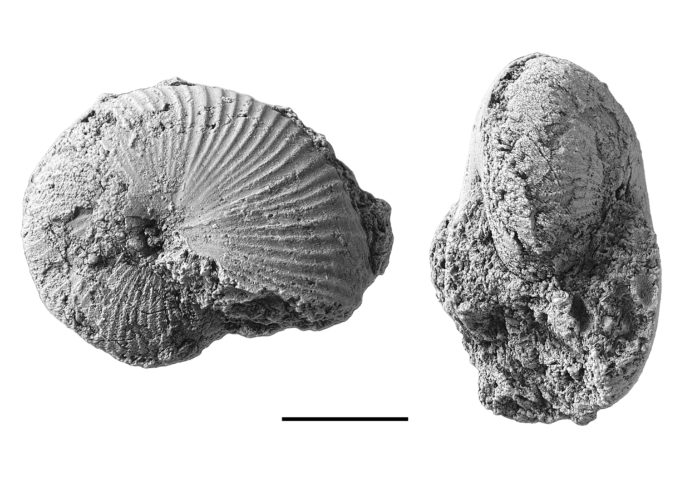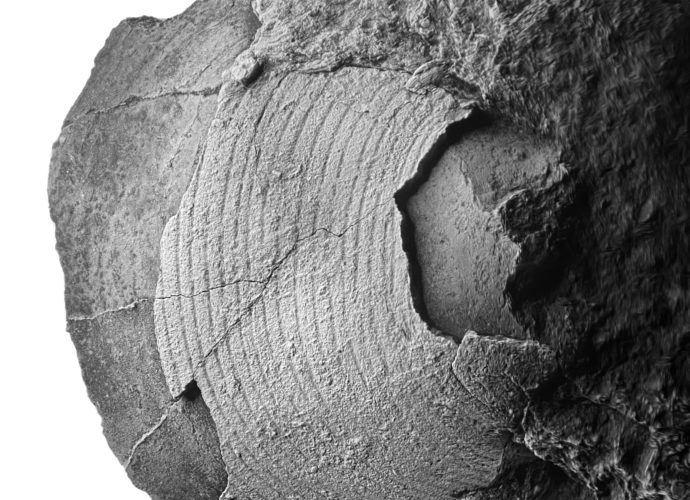Isogramma
The brachiopod Isogramma Meek and Worthen (1870) is challenging to identify when found by inexperienced collectors. These fossils appear as a half circle of sharp, equal-spaced concentric growth lines. All specimens appear flattened, making them difficult to identify as dimensional brachiopod shells. The shells are concavo-convex in life, but dueRead More →










